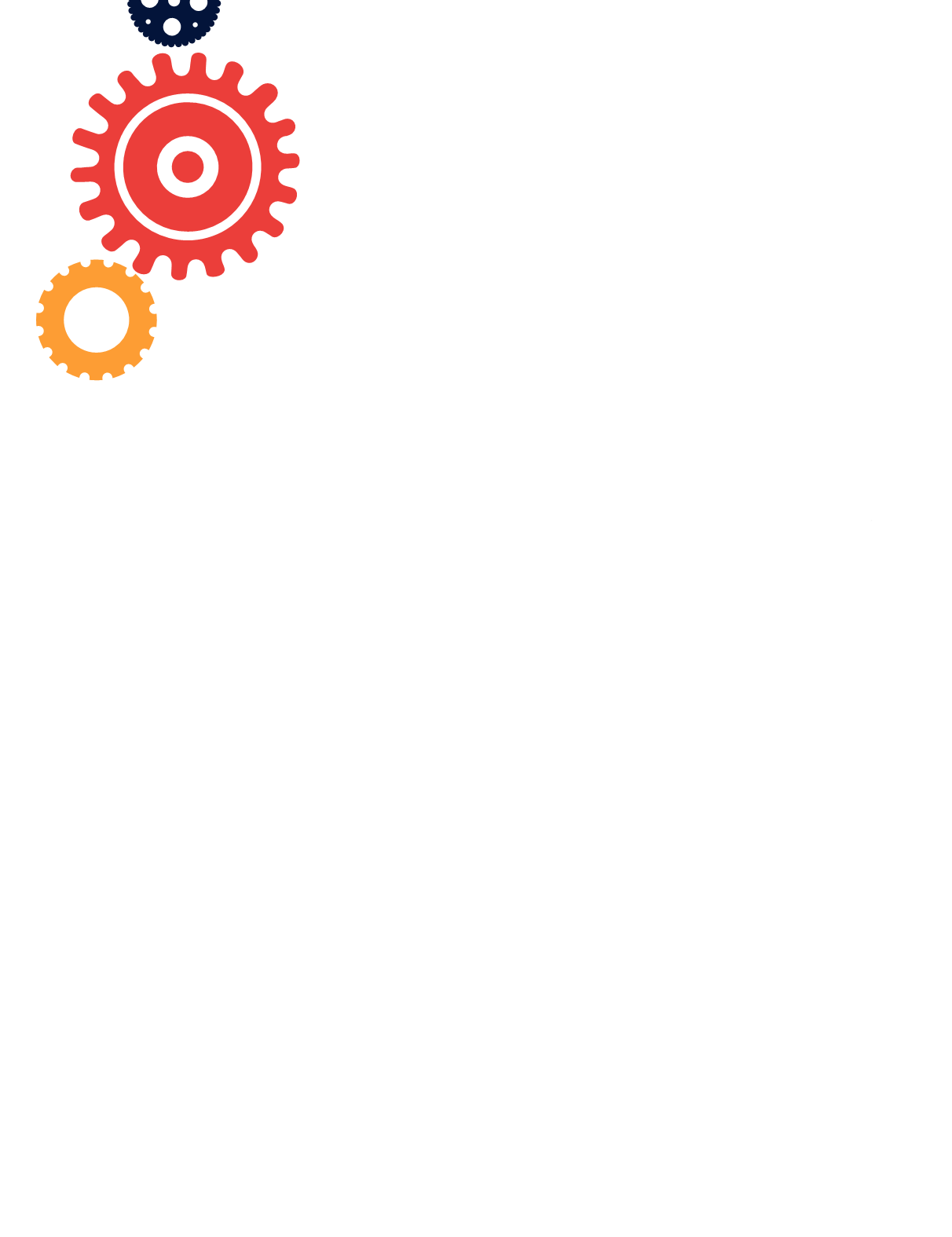
26
Five years ago, in Cambridge,
Mass., MIT professor Rosalind
Picard made a startling discov-
ery that would reinforce the
argument for student-centered
learning (SCL).
For a study on wearables’
efficacy outside of a laboratory,
she fitted a group of students with
a wristband that recorded their nerv-
ous systems’ response to daily occurrences –
including “cognitive stress,” a form of brain activity. One
participant wore the sensor for an entire week, enabling
Picard to observe that brain activity registered high-
est when the subject was studying, working in the lab,
or doing homework. When was the student’s brain least
responsive? After sleep, watching television, or attend-
ing class registered a flatline in cognitive stress. In other
words, the student brain showed more activity during
sleep than while in class.
Picard’s work, which originally appeared as “A Wear-
able Sensor for Unobtrusive, Long-term Assessment
of Electrodermal Activity,” in
IEEE Transactions on Bio-
medical Engineering
, is cited again and again by SCL
advocates, ranging from Harvard professors to
New
York Times
columnists. And for good reason; it certifies
the inefficiency of lecture-based teaching over interac-
tive instruction, one of the major tenets of the discipline.
Born out of the neuroscience of education or “neuro-
education” – a phrase coined in a May 2013 piece for
Johns Hopkins School of Education – SCL looks to
neuroscience and psychology to improve the way we
teach. How students are taught and not just what they
are taught is of increasing importance to many educa-
tors, including those at St. Paul’s School. Until recently,
there was little empirical insight into the interaction
between biological processes and how we learn. How-
ever, formidable advances in brain research have
uncovered previously unmeasurable factors that
might affect a student’s ability to absorb information.
Amazingly, the glut of new scientific data is enabling
educators to uncover the most conducive environment
for students to acquire knowledge; the perfect classroom.
“We have to prepare our students not for our world,
but for the one they’re going to inhabit and lead,” says
Lawrence Smith, dean of curriculum and teaching at
SPS. “The only thing I know about that world is that it’s
going to be very different from ours. So why would we
prepare them for our world, and teach them the way I
was taught – the way it’s always been done, when [that
education is] certainly going to be inapplicable to the
world they grow into?”
EQUIPPING STUDENTS
FOR TODAY’S WORLD
That question – echoed in discussions around topics
ranging from the skills gap explored by Cait Murphy
for
Inc. Magazine
in April 2014 to the STEM crisis
examined by Lylah Alphonse in
U.S. News
in the fall
of 2014 – speaks to a growing issue facing today’s
educators. In an age when millions of people work in
jobs that didn’t exist 20, 10, or even four years ago,
how do we equip students for a society completely
disparate from ours? SCL’s solution is strong and
simple: the most surefire thing we can do to prepare
students for whatever lies ahead is to teach them
how to learn information and think critically, so they
can adapt to any future scenario.
This stance is a far cry from the approach educators,
not to mention SPS, have historically taken toward the
institution of schooling. Take, for example, the following
excerpt from a Spring 1963
Alumni Horae
article about
the History Department’s curriculum:
“Our job is to induct boys into the western
Christian tradition to which they belong, so
that they will understand its basic terms, be
able to find their way around in it, and discover
its relationship to rival traditions.”
Bob Rettew ’69, recently retired executive director of
the SPS Alumni Association and former SPS academic
dean, summarized the underlying ideology: “If you
couldn’t learn the way you were being taught, then
maybe you weren’t a good fit and shouldn’t be at
St. Paul’s School.”
Yet despite being a 180-degree inversion from the
preceding doctrine, the seeds of SCL were in place long
before the current overhaul the Office of Academic
Affairs is spearheading under the purview of Rector
Mike Hirschfeld ’85’s strategic plan.
“It’s a way of articulating the magic of St. Paul’s
School,” Hirschfeld says, noting that, rather than a
radical change, he sees SCL as a formalization of an
idea that has resided on campus for a long time. “It’s
a new name for an approach many of our teachers
were already taking. You know, the phrase ‘student-
centered learning’ is aggravating, even offensive, for
educators. Teachers see it and ask, ‘What kind of
learning isn’t student-centered?’ The shift is not as
extreme as the language suggests.”


